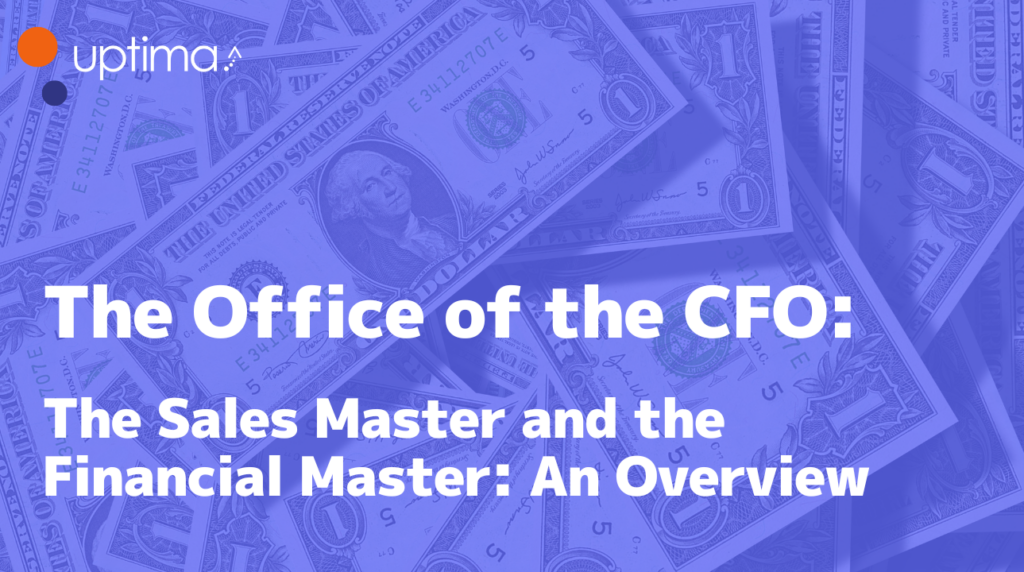
I say often “Revenue is king, margin is a measurement of health and disclosures are the devil in the details. Sales and Finance are equally accountable to the revenue lifecycle.”
A conversation I have repeatedly with prospects, customers, internal Uptima delivery teams and Salesforce teams is how to structure sales and finance data in a meaningful way to enable the sales and finance platforms to the best of their abilities while solving requirements, use cases and key pain points for end users.
Regardless of industry or sector, traditionally the ERP has been called upon to be the master for both sales and finance. This is where we send data to fulfill orders, create invoices and statements, manage accounts receivable and forecast, reconcile and report revenue. Even key customer and account data like contacts, credit ratings, bill to and ship to addresses have been historically stored in the ERP as the source of truth.
You will never find me arguing with the ERP owning reconciliation and reporting of revenue. But what I do challenge is the concept of what is a true activity of sales vs. a true activity of finance across the revenue lifecycle, especially in the spirit of time to market, efficiencies and data integrity across the selling and finance platforms.
Trends in product and selling motions are moving heavily towards a recurring revenue model. Whether we are selling large scale industrial irrigation systems, software, or maintenance services, everyone is tapping into Xaas (generally speaking, any product or service that is sold on a recurring subscription basis usually in a cloud computing environment). We are also seeing a lot of usage based, tiering, draw down, and many other complexities in what we call contract based pricing and how companies are taking their products to market leveraging this model.
When we try to align the traditional ERP in the selling motion of these products, we find a lot of failures in the out of the box (OOTB) solution because overall, ERP’s don’t like change – they get very clunky when we need to make a mid contract change, or handle an amendment or change order for fulfillment and invoicing. These activities in the ERP typically require a lot of manual and Excel based intervention which undoubtedly leads to errors, sometimes material errors, and leaky revenue.
So this begs the question: is the ERP the right solution to master all these sales activities?
Let’s revisit my statement from earlier about true sales vs finance activities. What we have concluded is that yes, reconciliation and reporting likely belong in the ERP 95% of the time. But what activities should be owned by the Sales Master? My position on this is that everything from lead to invoicing should be by the Sales Master, especially a CRM like Salesforce, that leverages a unique object model across several vertical and horizontal focused clouds with reporting and data analytics superpowers – such to the point that ERP’s have never been able to do.
The best thing about the concept of a true Sales Master and a Finance Master is that they get to work together in harmony instead of competing with each other. When we shift our mindset and embrace this, the data model, user experience, time to market… they are all improved. Most importantly, we have the ability to capture revenue intelligently across the revenue lifecycle.
Stay tuned for Part 2 of this series, detailing Data Readiness, coming shortly!
In Part 3 of this series, we will take a closer look at top 4 ways the Sales Master and Finance Master can work together. We will focus at a high level on the Salesforce Object model and how those objects interact intelligently with the ERP depending on the types of products and contract based pricing are taken to market to best address the needs of Sales and Finance.
For more details about our 7-part series, visit our original post here: https://uptima.com/our-new-series-the-office-of-the-cfo-enabled-through-salesforce/
Written by Alex Bell, Chief Strategy Officer at Uptima, Recovering Accountant.